Nature is beautiful and combines the most incredible phenomena. Nature can both create something new, dissolve leaves, blossom, create incredible phenomena (rain, snow, hail, downpour, brightly warm us with the sun, delight us with the northern lights). But nature can be destructive, bringing fear and admiration at the same time from such phenomena as earthquakes, storms, and tornadoes.
These are not just natural phenomena – these are disasters that bring destruction, most often take with them the lives of people and all living things at the epicenter of the event.
Table of Contents
What is a tornado?
A tornado appears in a powerful thundercloud, has the form of a vertical or slightly inclined funnel-shaped vortex to the horizon, which descends to the surface of the earth. Tornadoes can range in diameter from 30 to 300 feet. In the funnel that forms inside the tornado, air circulates, inside it goes down, and outside the air rises and rotates at high speed. If you stand near a tornado, you can hear the sound of a waterfall descending or something similar to a train traveling too loudly.
How does this natural phenomenon happen?
A tornado forms in dark storm clouds. In the place where the tornado is formed, it becomes very hot and stuffy, a strong wind appears and the air temperature drops sharply. At this moment, cold layers of air descending from the atmosphere. From the cloud to the ground, a funnel of air descends, resembling the trunk of an elephant. The diameter of the vortex can be several hundred feet and the speed of rotation of the air in the funnel up to several hundred miles.
The tornado rushes with great speed, sucks in everything that comes its way, destroys buildings with significant force, uproots trees, plays with cars. A tornado can occur both on land and water and move with a deafening sound. This is a natural disaster in front of which a person is simply powerless. All we can do is give a signal in advance that a tornado is approaching and hide in a shelter. In the United States, several hundred tornadoes rage every year, and a ten-minute lead time in warning of its appearance is considered a significant achievement.
And you have probably heard the term “TORCON” many times while browsing The Weather Channel when meteorologists use this index and talk about severe weather in certain areas. The Tornado Health Index has appeared on the Weather Channel for over a decade and has established itself for qualifying tornadoes on a specific threat scale. How does it work? Let’s talk in more detail in the continuation of our article and try to clarify the meaning of the term TORCON index.
How we can characterize TORCON?
They usually interpret TORCON as an index of the position of a tornado in a particular area of the United States. They use a scale with meanings from 0 to 10. According to it, we can assign a tornado a number in a particular area or region of the US. If there is a high-risk of accumulating warm weather masses, the air circulates higher in the tornado funnel, and the prospect of appearing a tornado from a certain area is higher than 50 miles, then the figure on the scale of such a tornado will be much higher.
For example, TORCON, with an index of 2 on the scale, shows that the occurrence of a storm in this region is unlikely and is only 20%. At that time, the TORCON index, with a value of 9, means that a tornado will appear in this region with a 90% probability, so you need to be prepared and hide in a shelter.
Why we use the TORCON index, where it comes from, and who was the inventor?
Dr. Greg Forbes became the creator of the Tornado Condition Index.
n the past, he worked as a meteorologist for the Weather Channel, researched severe weather for many years, and was an expert in this matter. He realized that meteorologists make it difficult to explain severe weather by using complex values that are incomprehensible to the layman. It was then that the idea came to my mind to create a simplified scale.
Doctor Greg Forbes has come a long way towards creating this scale. To do this, he used his experience in research projects at the University of Pennsylvania, experience under the guidance of Dr. Theodore Fujita, who created the Fujita tornado scale. He published several articles on severe weather, combining the gained skills, and the desire to simplify the system of naming the tornado index – he created TORCON.
The TORCON Index combines three key factors, namely:
- wind shear
- “Lifting force”
- Instability
To make it clear to you, we propose to analyze these terms in more detail.
Wind shear. It takes two factors to spin a tornado. This is the wind and atmosphere. The wind must change direction and height. The higher the wind shear indicator, the more likely a tornado will occur in a certain area.
Instability. For a thunderstorm to form, cold masses must descend from the thunderclouds and rise upward. The contact and circulation of cold air masses and warm air create instability.
“Lifting force”. What is the last factor? Instability increases the likelihood that the air will continue to rise into clouds and the likelihood of thunderstorms increases. If two air masses collide, then such a place is called – the place of the front, the place where the tornado was formed.
Dr. Forbes wanted to greatly simplify these terms and obscure meanings. They only use the TORCON scale on The Weather Channel because they own all the rights. But there are also alternative indicators that are used by other tornado researchers.
Is there a replacement for the TORCON index?
Even though Dr. Forbes has done significant work and created the TORCON index, experts use other systems to determine the likelihood of a tornado in a particular region and to warn residents of a particular area about its formation.
For example, the NOAA Storm Prediction Center gives out the hours of the appearance of a tornado. If there is a threat of a tornado formation, at any time the center will provide information about the time when this formation will appear on the surface of the earth.
The system by which they work in the center does not have a coefficient of 3 and 4. “Boxes” for watches can take any form and are issued for each district for use over a large area. They issue such boxes at a favorable time for the formation of a tornado and observe its development.
Who Warns About Tornadoes?
The TORCON Index was not created to warn of a tornado. That’s what NWS is for. They are issued to small territories for certain districts. If the warning is triggered, it means that there is a high probability of tornado formation in funnel clouds. The radar shows that a tornado is likely to descend to the ground in this region.
Interesting facts about tornado
The tornado travels very quickly up to several hundred miles per hour.
A tornado can rage from several minutes to several hours.
A tornado always moves in a certain direction. If it occurs in the south, then the tornado moves clockwise. If a tornado occurs in the north, it will move counterclockwise.
Every year in the United States occurs from 300-800 natural formations of tornadoes.
A tornado is capable of destroying objects 3 miles from the center of its formation.
Final words
The TORCON Index is helpful. Do not think that this is a marketing ploy that does not bring any benefit. Regardless, there are official sources that provide accurate forecasts from the National Meteorological Service.
If you live in a tornado-prone region, buy a weather radio. Such a radio notifies of the formation of severe weather, which means you can react in time and hide in a shelter.

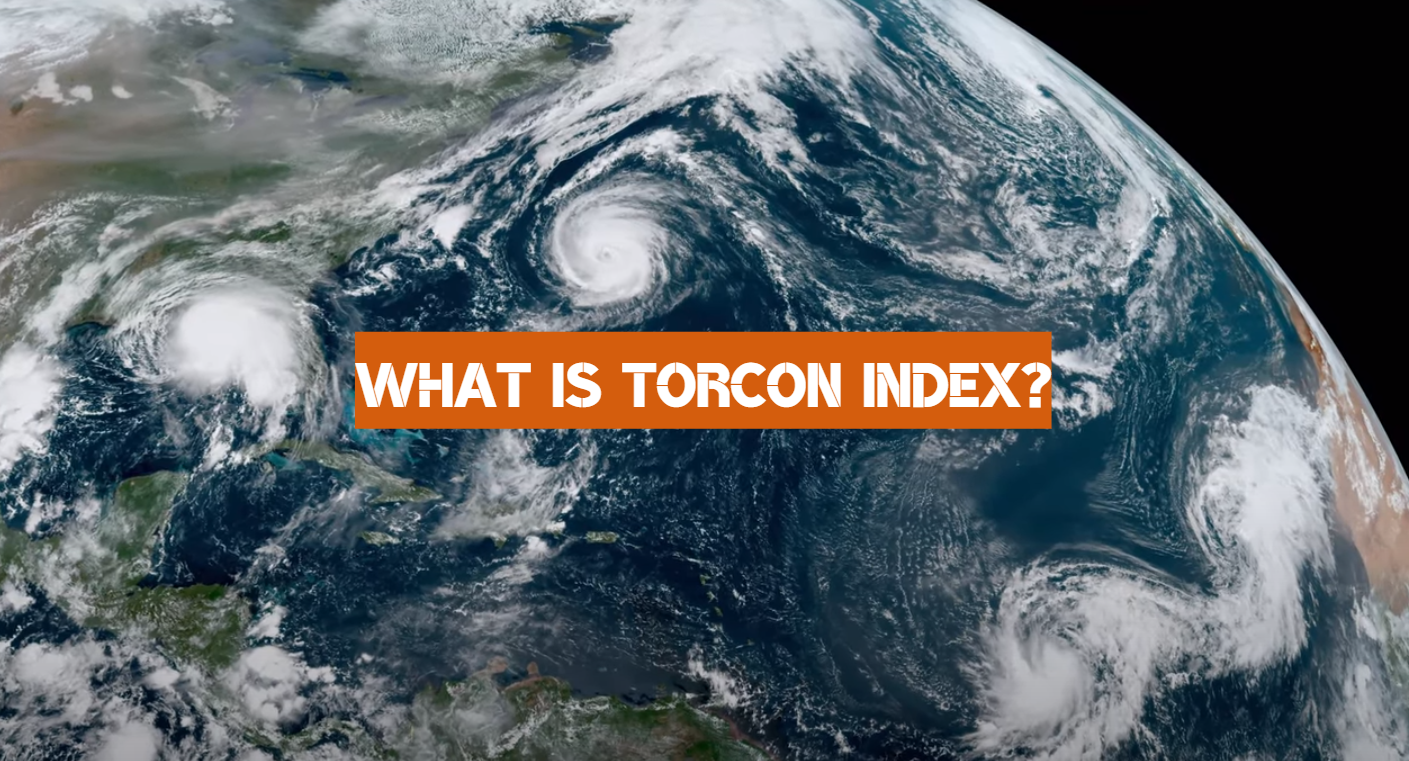
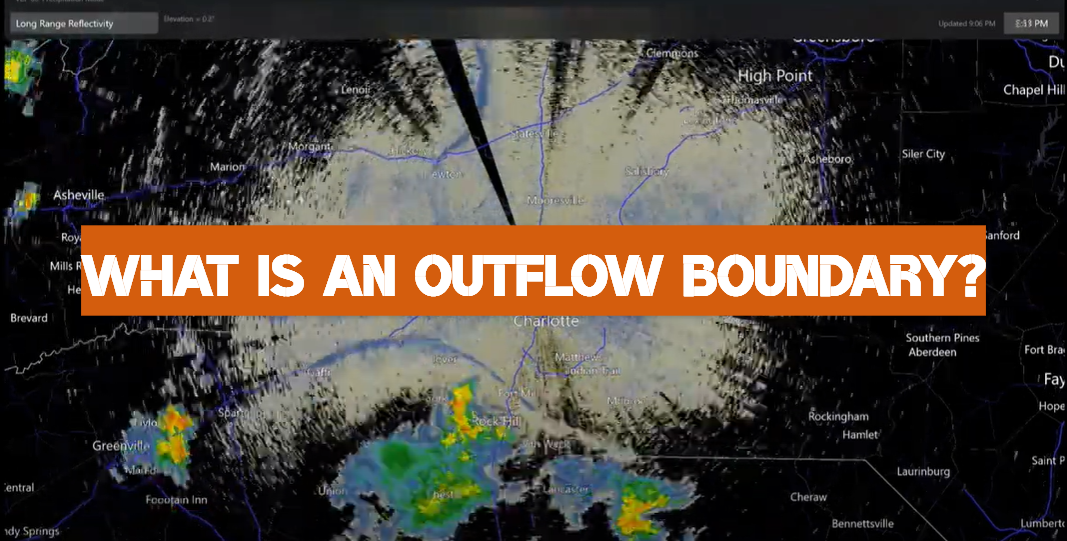
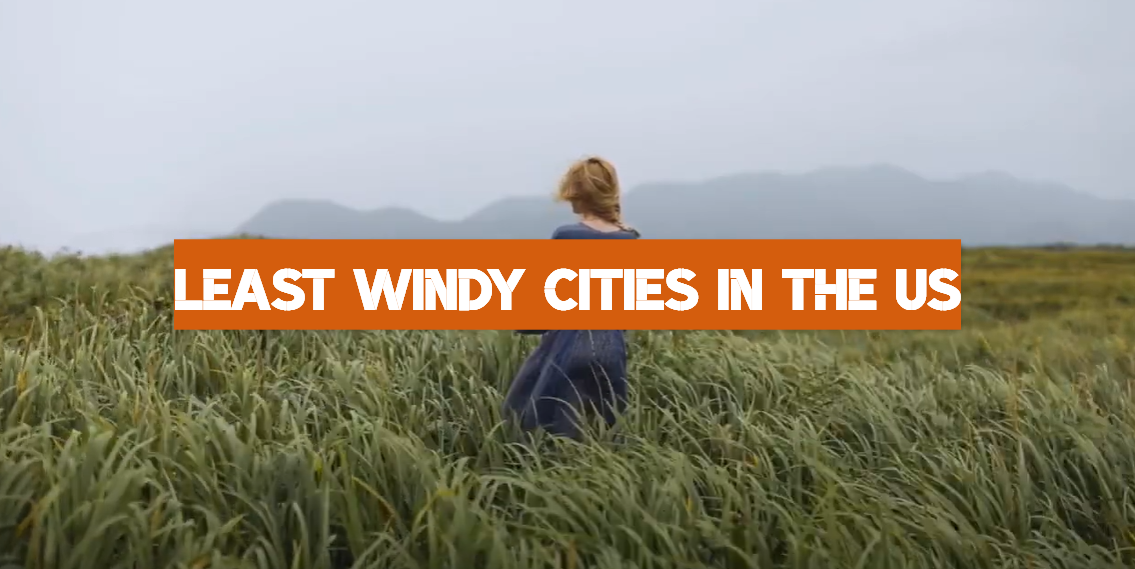
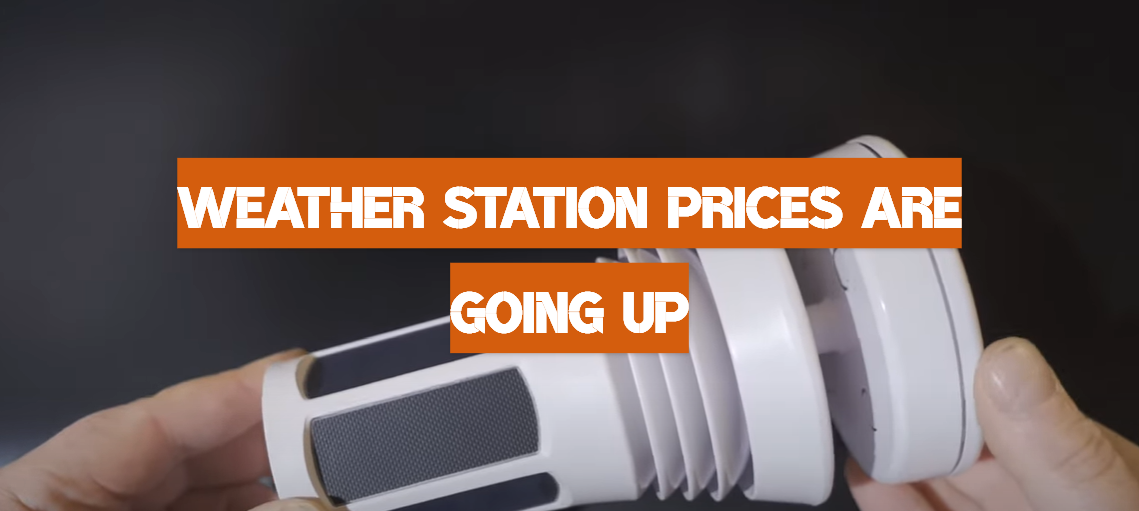
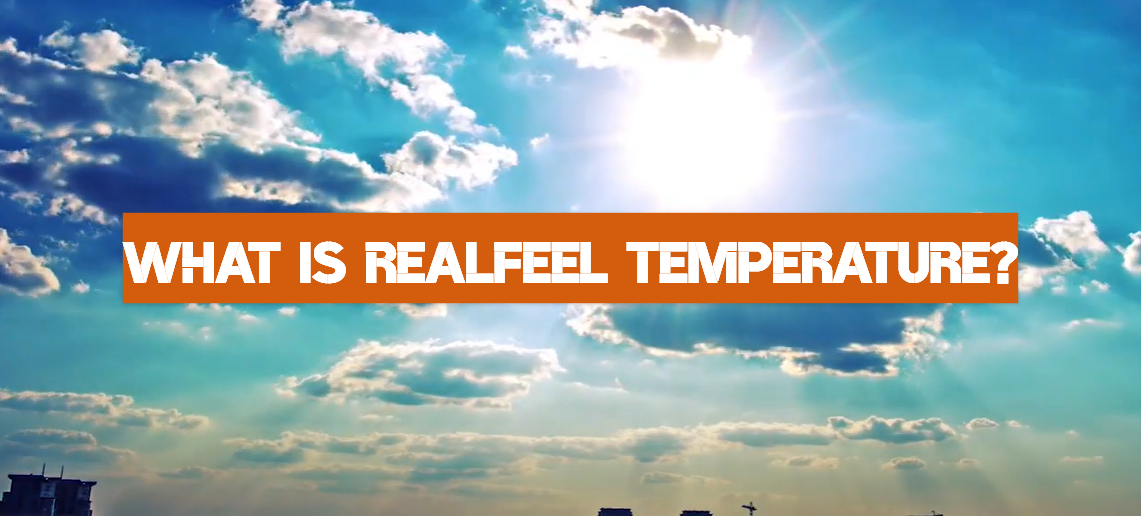
Leave a Reply